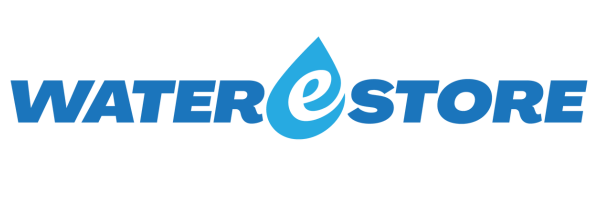
Do you know what to do during a Boil Water Advisory?
There has been a "Boil Water Advisory" issued for parts of Victoria Harbour, Ontario recently. So what should or shouldn't you do?
Following these guidelines will help you get through it:
To Boil Water:
• Fill a pot with water
• Heat the water until bubbles come from the bottom of the pot
• Once the water reaches a rolling boil, let it boil for 1 minute
• Turn off the heat source and let the water cool.
• Pour the water into a clean container with a cover for storage
Chemically Disinfecting Water:
If you are unable to boil your water, disinfect it chemically instead.
If tap water is clear:
• Use bleach that does not have a scent (like lemons)
• Add 1/8 teaspoon (8 drops or .75 milliliters) of household liquid bleach to 1 gallon (16 cups)
• Mix well and wait 30 minutes or more before drinking
• Store disinfected water in a clean container with a cover
If tap water is cloudy:
• Filter water using a clean cloth
• Use bleach that is unscented
• Add ¼ teaspoon (16 drops or 1.5 milliliters) of liquid bleach to 1 gallon of water
• Mix well and wait 30 minutes or more before drinking
• Store disinfected water in clean container with a cover
Remember that containers may need to be sanitized before using them to store water
To sanitize containers:
• Use unscented bleach
• Add 1 teaspoon of bleach to 1 litre of water
• Pour the above into clean storage container and shake well, making sure that the solution coats the entire inside of the container
• Let sit for 30 seconds, then pour out solution
• Let air dry or rinse with clean water that has been disinfected.
Never mix bleach with ammonia or other cleaners. Open windows and doors to get fresh air when you use bleach.
Water Filters
Boil tap water even if it is filtered. Water filters do not remove bacteria or viruses
Preparing and Cooking Food
• Use boiled water to wash all fruits and vegetables
• Bring water to rolling boil for 1 minute before adding food.
• Use boiled water when preparing drinks such as coffee, tea or lemonade
Feeding Infants and using formula
• Breastfeeding is best. Continue to breastfeed. If breast feeding is not an option:
• Use ready-to-use formula, if possible.
• Prepare powdered or concentrated formula with bottled water. Use boiled water if you do not have bottled water. Disinfect water for formula if you cannot boil your water (see above for directions on how to use bleach to disinfect water).
• Wash and sterilize bottles and nipples before use.
• If you cannot sterilize bottles, try to use single-serve, ready-to-feed bottles.
Ice
• Do not use ice trays, ice dispensers, or ice makers.
• Throw out all ice made with tap water.
• Make new ice with boiled or bottled water.
Bathing and Showering
Be careful not to swallow any water when bathing or showering.
Use caution when bathing infants and young children. Consider giving them a sponge bath to reduce the chance of them swallowing water.
Brushing Teeth
Brush teeth with boiled water.
Washing dishes
Dishwashers are safe to use if the water reaches a temperature of at least 160 degrees or if the dishwasher has a sanitizing cycle.
To wash dishes by hand:
• Wash and rinse the dishes as you normally would using hot water.
• In a separate basin, add 1 teaspoon of unscented household bleach for each gallon of warm water.
• Soak the rinsed dishes in the water for at least one minute.
• Let the dishes air dry completely.
Laundry
It is safe to do laundry using regular methods.
Pets
Pets can get some of the same diseases as people. It is a good idea to give them boiled water too.








